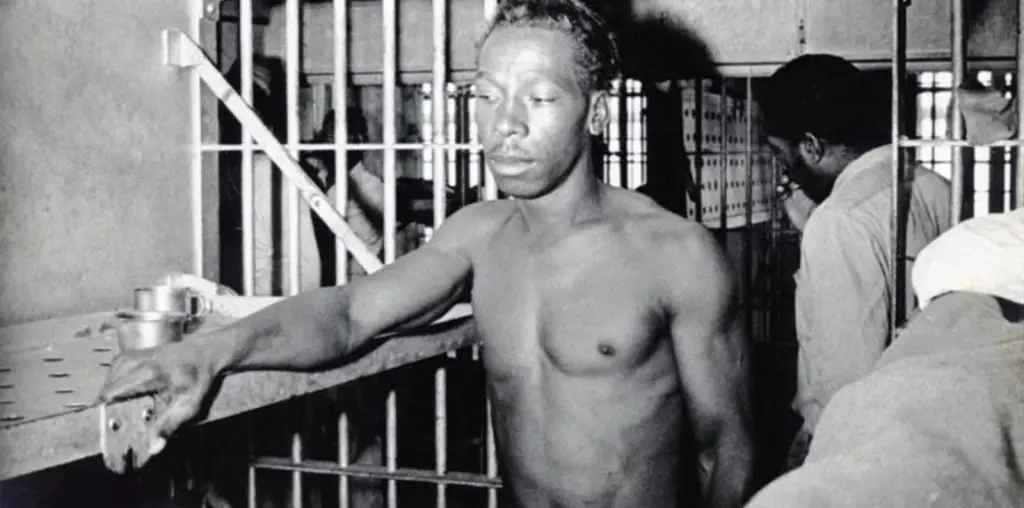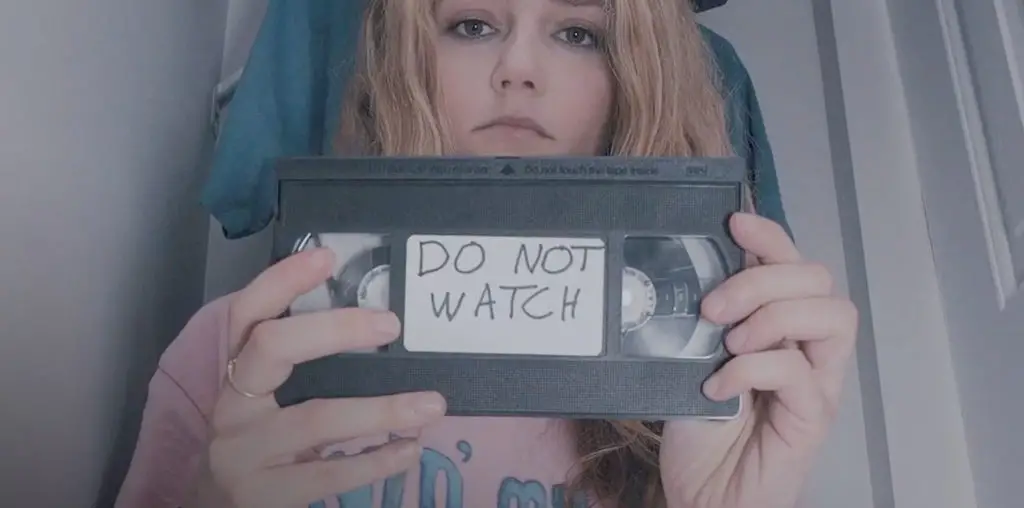
Moviegoers and critics alike got far more than they had bargained for when they settled down to take in Tobe Hooper’s “The Texas Chainsaw Massacre”. “Chainsaw” was no ordinary slasher flick. It wasn’t a mindless and cliché cinematic romp, but rather a smart and challenging one. It was a film that forced the viewer into its world only to reveal it to be nothing more that a distorted reflection of their own.
The murdering and the violence and the insanity scratches and claws itself deep into the surface of the film, but the underlying motive of the director, and his film, is certainly there. America had been stripped red and raw from the Vietnam War, and the promising “Summer of Love” had given way to a generation of hate. Then a gathering storm of competition with the Middle East over petroleum production threatened to shake the very foundations of our economic system. Tempers and tension among American citizens was on the rise and it was with good reason.
Not only were the aforementioned issues a major concern for Americans, but we were also enduring a crooked and largely unapologetic administration who had simply allowed our economy to collapse and fall out from under us. The wheels of “progress” swept through many a small town— the South suffered the most from this— and wiped out jobs that in turn wiped out the towns that had once flourished by the pride and hard work of honest people. This drove most folks away and into the larger cities to find work, but some stayed in their now deserted areas that were once their homes and tried to make a go of it.
Tobe Hooper’s 1974 feature film debut “The Texas Chainsaw Massacre” tells a story of such a family. A family that may have once been upstanding citizens of the community. A family that worked their day jobs, tended to their homes and their families and lived the dream of many American’s across the nation, but government intervention, again all in the name of progress, saw fit to shut down the town’s cash cow – the slaughter house. The family, later to be known as the Sawyer’s, stayed right where they’d been raised and took matters into their own hands.
The Cook, the obvious head of the household, keeps things in order as best he can. The Hitchhiker, sporting a nasty facial birthmark and a panache for self-mutilation, certainly upped the insanity ante, but it was his big brother Leatherface who would forever be the horrific, and iconic, figure of “The Texas Chainsaw Massacre”. This larger than life beast of a man wields a chainsaw with the maniacal fury of a great white shark in a feeding frenzy. He wears the skins of his victims and takes great pride in making up their faces (now his face) with rouge, eyeliner and lipstick. However, Grandpa cannot be left out— a mere shell of a man who suckles the blood of the victims as an infant would suckle nourishment from its mother’s breast. A grim display for sure, and as sickening as anything in the film.
In the sequels the family is portrayed as roadside vigilantes, but in Hooper’s original the family is merely a group of survivalists bent on continuing their lives, by any means necessary, despite what the government or the law has to say about it. Besides, was it not their very government who put them into this position of desperation and poverty to begin with? Indeed it is so, and then why should they feel apprehensive or guilty for their actions when their government, perhaps one that they even helped to elect, felt no compassion for them and their lives? In all actuality, the chainsaw clan probably put their best foot forward in an attempt to live as they once had, but it proved futile.
Over the days, weeks, months and years of solitude, destitution and desperation their mental faculties began to give way, and a more distorted view of the world and it’s inhabitants began to emerge within them. They started to view their human counterparts, who had seemingly aided in the dissolution of their town, as no more than the cattle or sheep that they’d spent years slaughtering for a living. American’s had become spineless lemmings and this clan were going to do something about it and at the same time put food on their table, upholster their furniture and decorate their home with grim reminders of a life once good. Seat it with whatever adage is best, “survival of the fittest”, “only the strong will survive” or simply “natural selection”.
As it happened Sally Hardesty, her invalid brother Franklin and their friends Jerry, Kirk and Pam find themselves stranded (no gasoline) and at the mercy of the chainsaw clan. One by one they are slaughtered and butchered like the cattle that they are, but poor Sally Hardesty is kept around for fun and games. The family torture and taunt her by poking fun at her, screaming at her and showing her souvenirs cut from her friends bodies. Sally finally outwits the goons and makes for an escape, but as the film ends the audience is sure that Sally has been driven completely mad by her captors and their actions. The 1986 sequel, also directed by Hooper, substantiates this claim by stating, “The girl babbled a mad tale…and then she sank into catatonia.”
“The Texas Chainsaw Massacre” was based in part on the real-life cannibal, necrophiliac and murderer Ed Gein from Plainfield, Wisconsin. Apparently, Hooper was fascinated by the story and took the Gein persona and split it into, at least, three of the four chainsaw clan members. The film was released to the public in 1974 and to this day it packs the very same punch that it did 32 years ago. It is every bit as poignant and relevant to our society and its ills as it was three decades ago when it was first splattered across a 40 foot silver screen.
Dark Sky Films brings the much anticipated two disc set of this seminal film to the masses with loads of extras. Including, audio commentaries by Marilyn Burns, Paul A. Partain, Allen Danziger, Robert A. Burns, Tobe Hooper, Daniel Pearl and Gunnar Hansen. Two feature-length documentaries are in tow, “Flesh Wounds” and “The Texas Chainsaw Massacre: The Shocking Truth”, as well as outtakes, bloopers, deleted scenes, trailers, radio spots and the list goes on. MPI did a good job years ago, but Dark Sky’s painstaking job of restoration and remastering makes this set worth every red cent.

